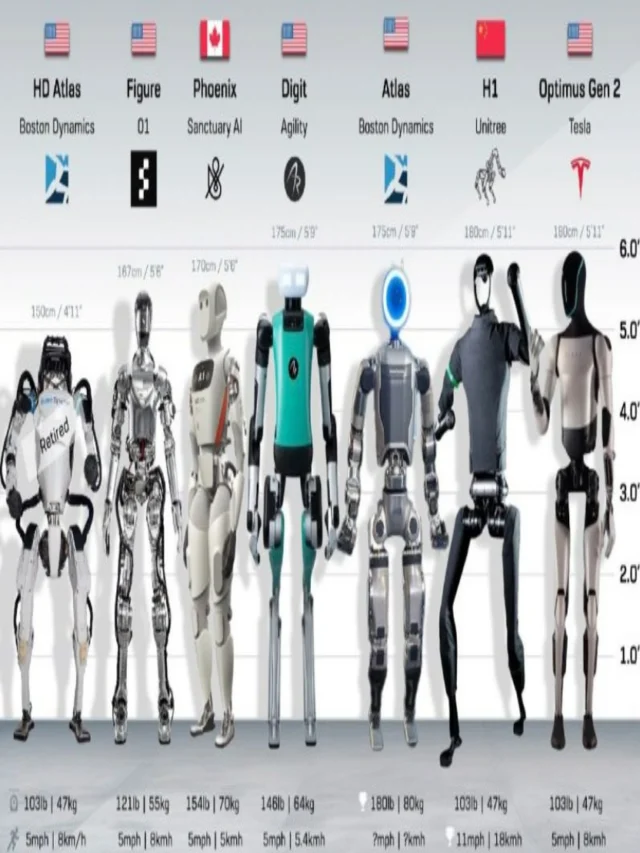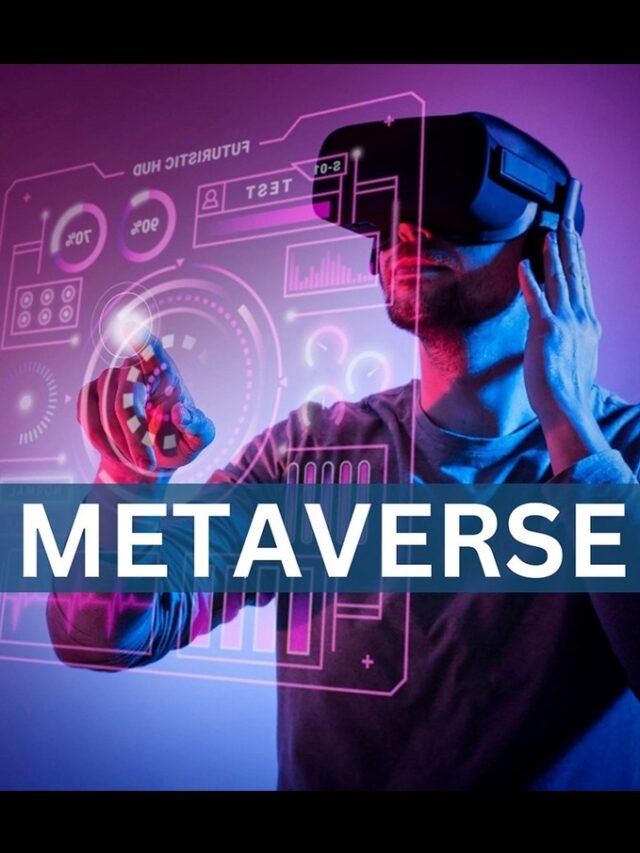The Rise of AI Robots: How Realistic Humanoid Robots Are Transforming Our Future

Artificial Intelligence (AI) robots, especially humanoid robots, are no longer confined to the pages of science fiction. In 2025, they are rapidly becoming a reality, revolutionizing industries, enhancing daily life, and shaping the future of work and society. This article explores the most advanced and realistic humanoid robots currently leading the AI revolution, their unique capabilities, and how they are poised to transform our world.
Optimus Gen2 (Tesla): The Versatile Industrial and Home Assistant
Tesla’s Optimus Gen2 is at the forefront of the AI robot revolution. Designed for both industrial and domestic environments, Optimus Gen2 stands 5’8″ tall and weighs 125 lbs, closely mirroring human proportions for seamless interaction in spaces designed for people. This robot is engineered to handle repetitive, dangerous, or mundane tasks, from factory work to household chores.
What sets Optimus Gen2 apart is its remarkable dexterity and balance. Its hands feature 11 degrees of freedom, allowing it to handle delicate objects like eggs or perform precision tasks such as sorting small parts. The robot’s feet are equipped with force and torque sensors, enabling it to walk on uneven surfaces, recover from slips, and even balance on one leg. Powered by Tesla’s advanced neural network AI, Optimus Gen2 can autonomously navigate complex environments, recognize and manipulate objects, and adapt to new tasks through machine learning.
Tesla aims to mass-produce Optimus Gen2 at a price point under $20,000, making it accessible for businesses and, eventually, households. Its 2.7 kWh battery provides a full day’s operation, and the robot can self-calibrate for a variety of tasks. The inclusion of a facial display screen allows for basic communication and status updates, making Optimus Gen2 not just a tool, but a collaborative partner in the workplace and home.
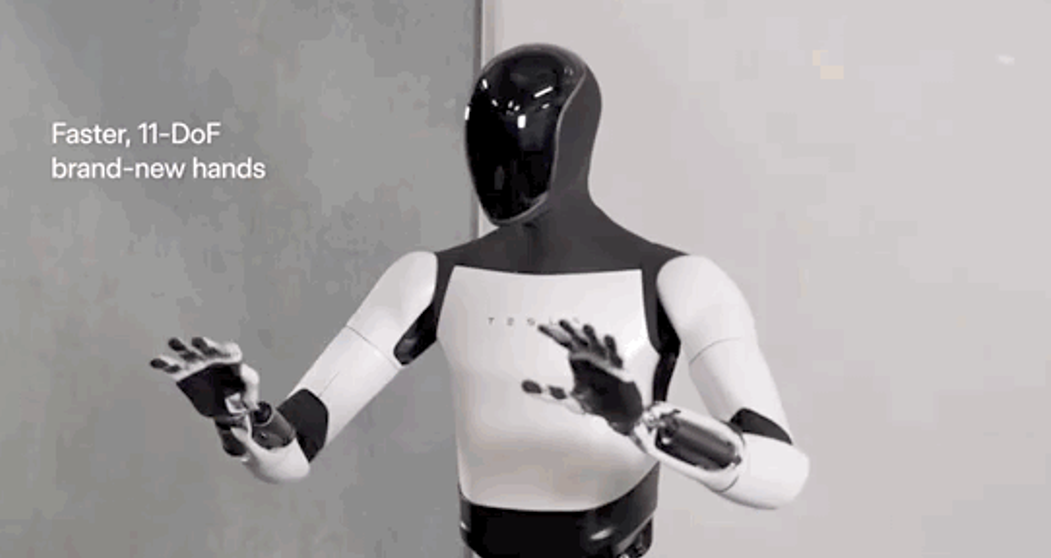
Atlas (Boston Dynamics): The Agile and Athletic AI Robot
Atlas, developed by Boston Dynamics, is perhaps the most famous humanoid robot in the world. Renowned for its agility and athleticism, Atlas can run, jump, perform backflips, and even execute complex parkour routines. This robot’s design is inspired by the human musculoskeletal system, with hydraulic actuators and 3D-printed lightweight parts enabling a wide range of motion.
Atlas’s advanced AI and sensor suite allow it to navigate challenging environments, avoid obstacles, and maintain balance in dynamic situations. It’s used primarily as a research platform to push the boundaries of robotics, but its capabilities have direct applications in disaster response, search and rescue, and hazardous industrial tasks. Atlas demonstrates how AI robots can operate in environments too dangerous or inaccessible for humans, such as collapsed buildings or contaminated sites.
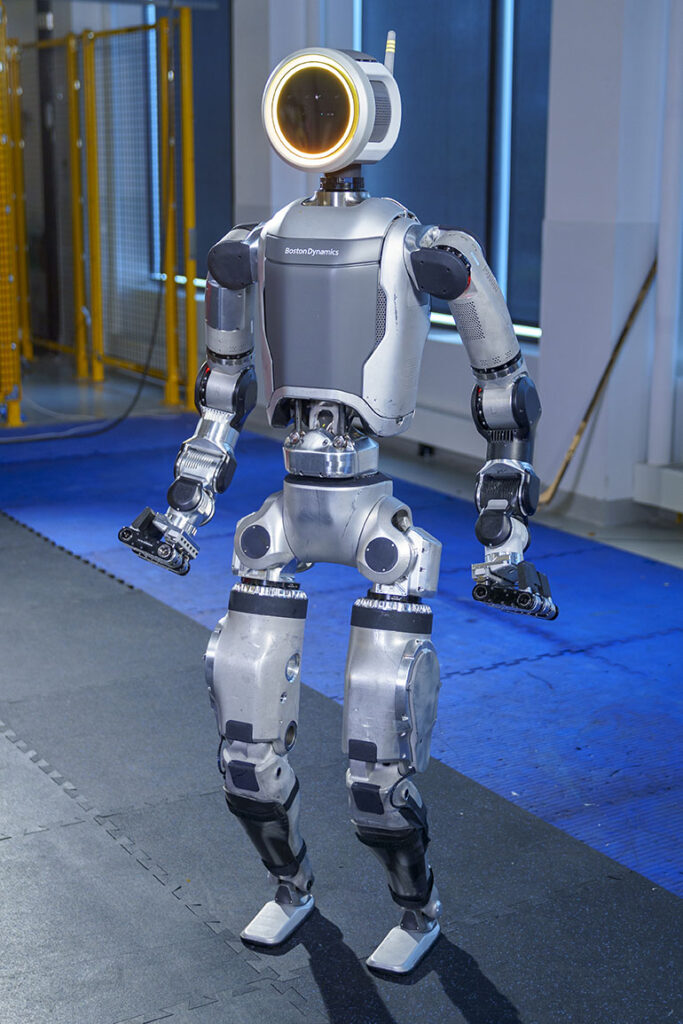
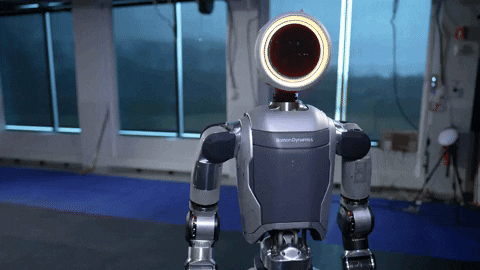
EVE (1X): The Socially Intelligent Retail and Logistics Robot
EVE, created by 1X, is an AI-powered humanoid robot designed for social interaction and practical tasks in retail and logistics. EVE’s design is approachable and human-like, with expressive LED facial features and a soft, rounded form. Its strong grippers, panoramic vision, and advanced voice command capabilities enable it to stock shelves, assist customers, and transport goods in stores and warehouses.
EVE’s AI allows it to understand natural language, recognize regular customers, and adapt to new environments. It can be programmed for a variety of service roles, from inventory management to customer support, making it a flexible asset in the retail and logistics sectors. EVE represents the next step in creating AI robots that not only perform tasks efficiently but also interact with people in a friendly, helpful manner.
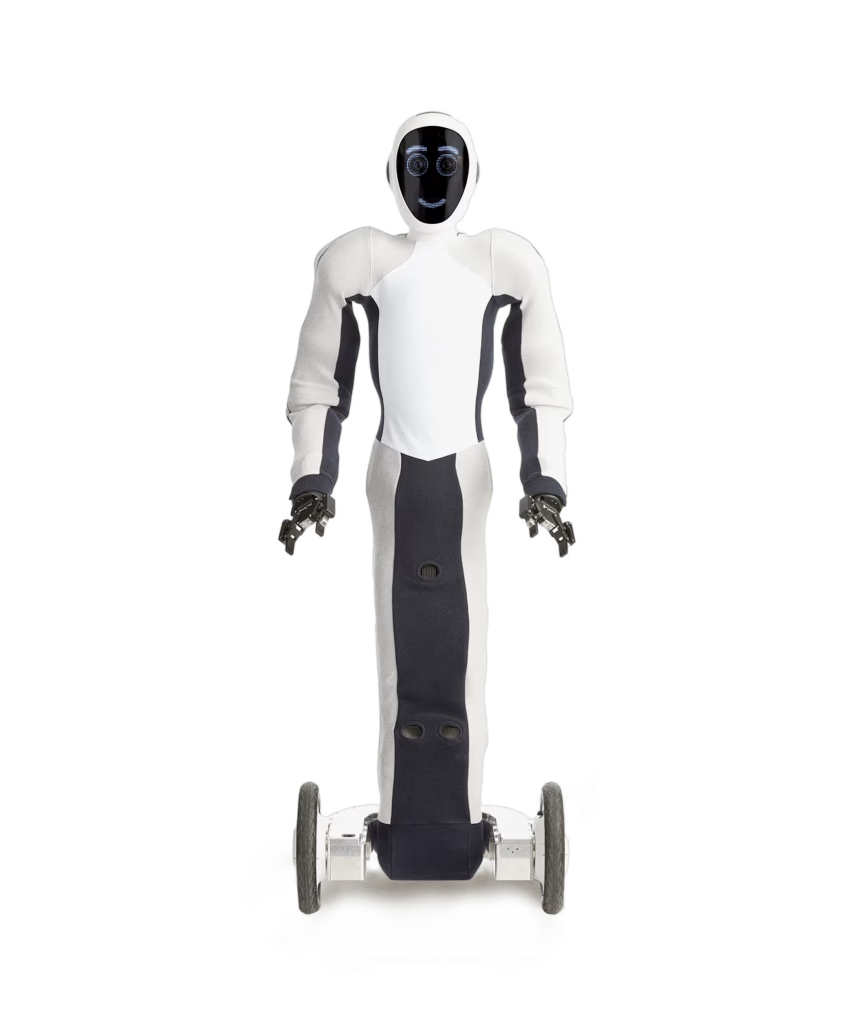
Figure 2: The Realistic All-Purpose Humanoid
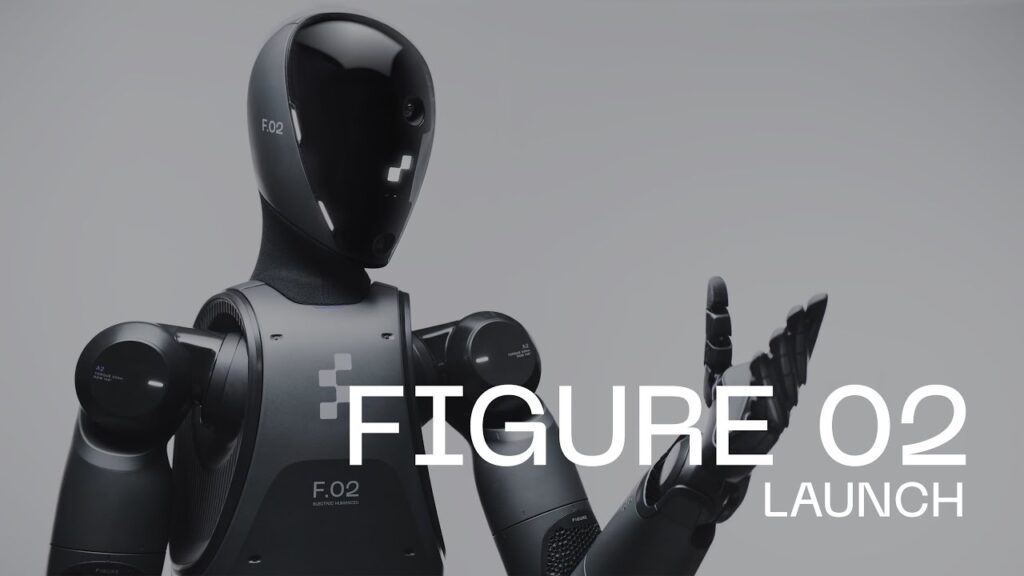
Figure 2 is a cutting-edge humanoid robot developed by Figure AI, designed for versatility across industries. With a sleek, human-like appearance and fluid, natural motion, Figure 2 is powered by NVIDIA’s advanced AI chips, enabling real-time decision-making and adaptive learning. It’s already being tested by BMW in manufacturing environments, where it assists with assembly, inspection, and logistics.
Figure 2’s articulated frame and dexterous hands allow it to handle a wide range of objects, from small tools to heavy parts. Its AI-driven perception system enables it to understand and navigate complex workspaces, collaborate with human workers, and learn new tasks through demonstration. Figure 2 is a prime example of how realistic humanoid robots are poised to become indispensable partners in both industry and daily life.
Figure 2 AI robot in action
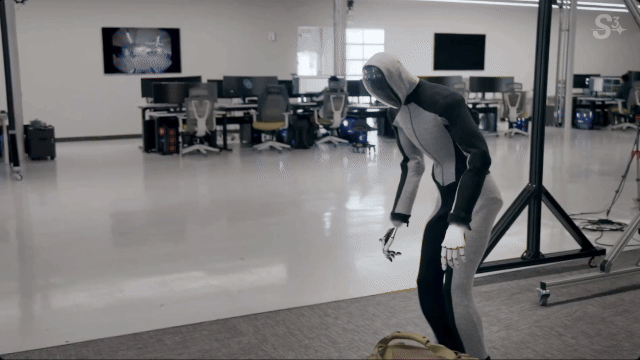
Isaac: The Human-Centric Service Robot
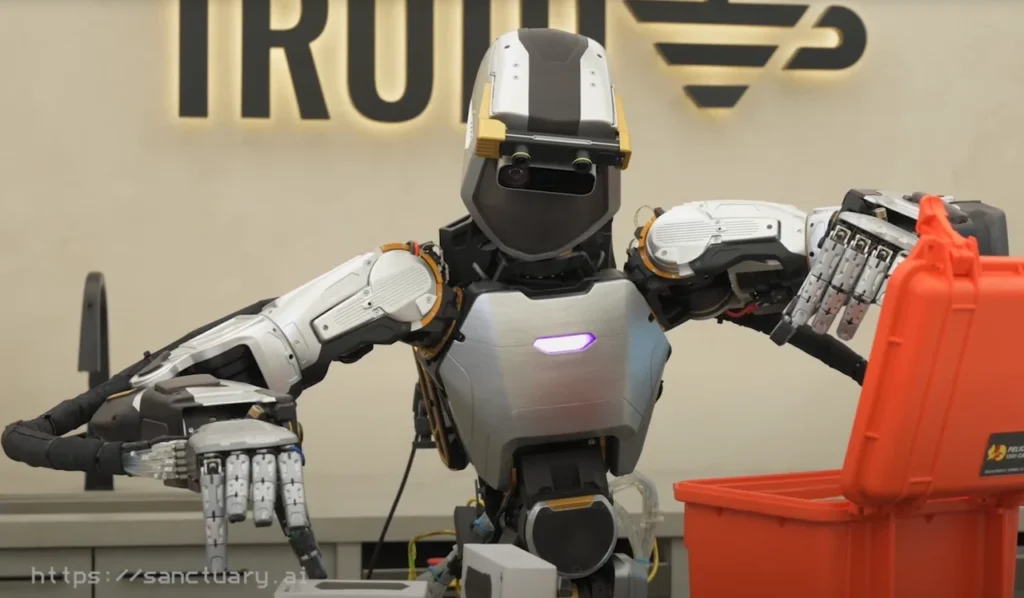
Isaac is a next-generation humanoid robot designed for seamless interaction with people. With a welcoming, realistic face and advanced actuators, Isaac excels in customer service, healthcare, and education. Its AI enables it to recognize faces, interpret emotions, and respond appropriately, making it an ideal companion for environments where empathy and communication are key.
Isaac’s lifelike movements and soft, human-like skin make interactions feel natural and engaging. In healthcare, Isaac can assist with patient monitoring, deliver medication, and provide companionship to the elderly. In education, it serves as a tutor and classroom assistant, adapting its teaching style to individual students. Isaac’s ability to learn from human interaction ensures it continually improves its service, embodying the future of social robots.
Digit (Agility Robotics): The Logistics Powerhouse
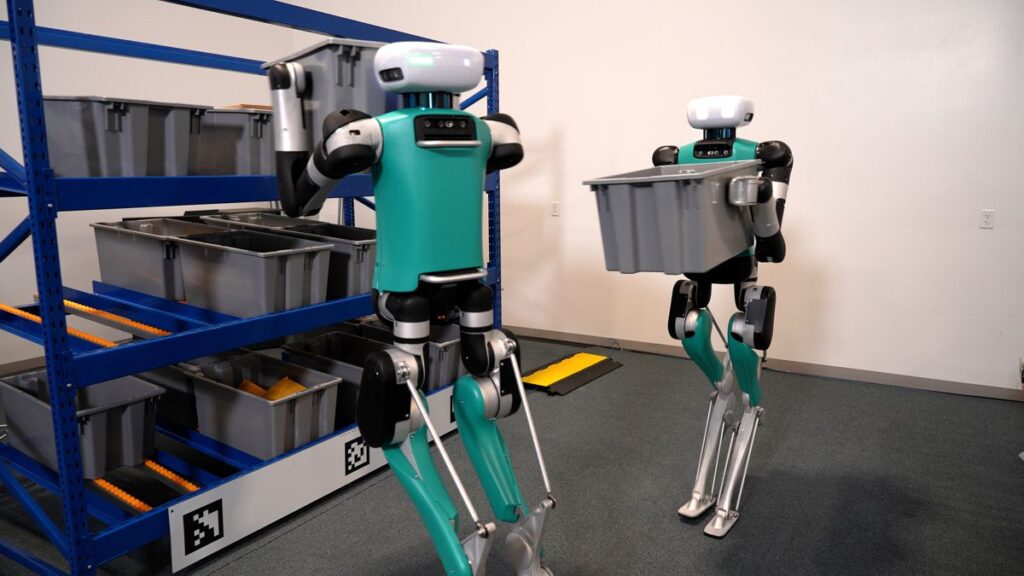
Digit, developed by Agility Robotics, is a bipedal robot designed specifically for logistics and warehouse automation. Unlike traditional robots, Digit’s human-like legs and arms allow it to navigate stairs, crouch, squat, and pick up packages in environments designed for people. Its advanced sensors and AI enable it to perceive its surroundings, avoid obstacles, and interact safely with human workers.
Digit is already being deployed by major retailers for tasks like unloading trucks, moving inventory, and sorting packages. Its ability to work alongside humans, adapt to changing environments, and handle a variety of objects makes it a game-changer in the logistics industry. Digit exemplifies how AI robots are increasing efficiency and safety in sectors that rely on manual labor.
Agility Digit robot in action
Trends and Predictions for AI Robots
The global humanoid robotics market is experiencing explosive growth, projected to surge from $1.6 billion in 2022 to over $214 billion by 2032. Several factors are driving this expansion:
- Versatility: AI robots are being adopted across a wide range of industries, from manufacturing and logistics to healthcare, education, and retail.
- Advancements in AI: Rapid improvements in machine learning, computer vision, and natural language processing are making robots smarter and more adaptable.
- Human-Robot Collaboration: Modern humanoid robots are designed to work safely alongside people, enhancing productivity and reducing workplace injuries.
- Cost Reduction: As technology matures and production scales up, the cost of deploying humanoid robots is decreasing, making them accessible to more businesses and, eventually, households.
Asia-Pacific currently leads in adoption, but North America and Europe are quickly catching up as companies recognize the benefits of automation and human-robot collaboration.
Conclusion: The Future of Realistic AI Robots
AI robots with realistic humanoid features are no longer a distant dream-they are becoming an integral part of our world. From Tesla’s versatile Optimus Gen2 and Boston Dynamics’ agile Atlas to Figure 2’s industrial prowess and Isaac’s empathetic service, these robots are transforming industries, improving safety, and enhancing quality of life.

